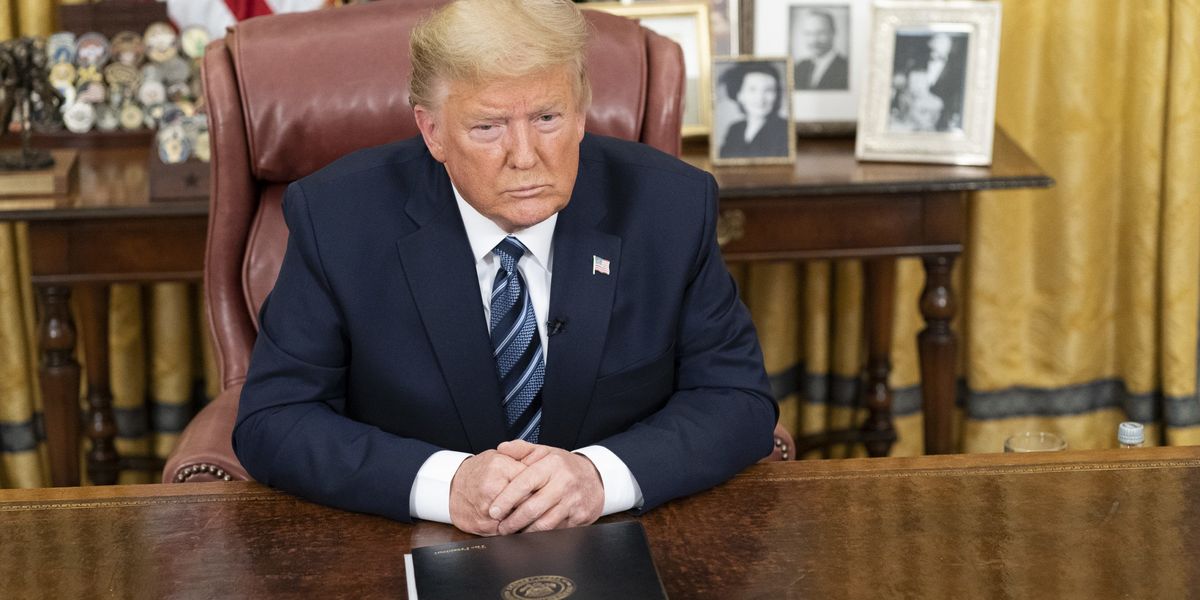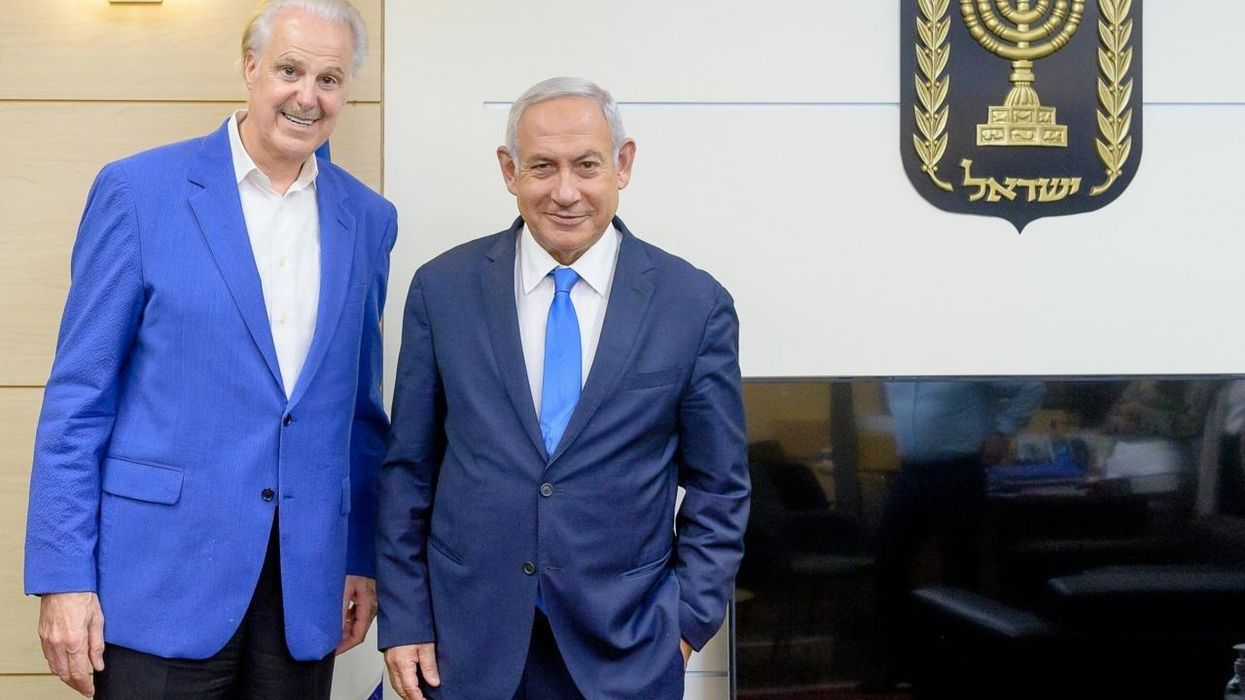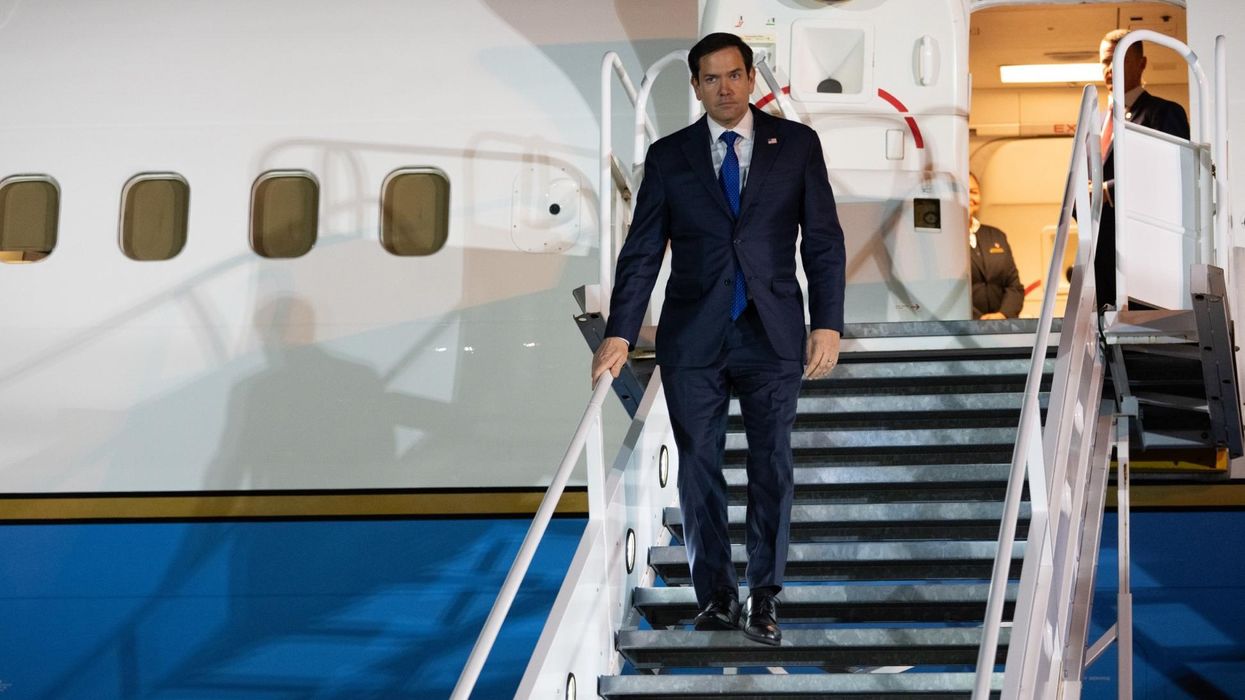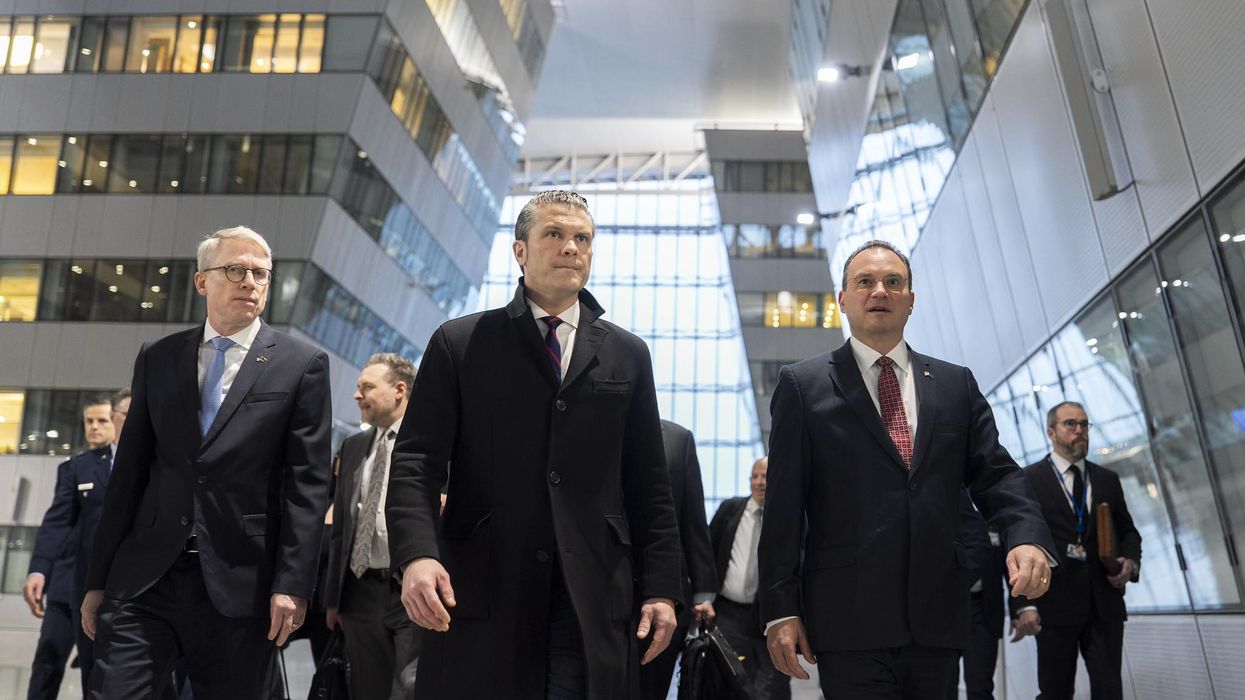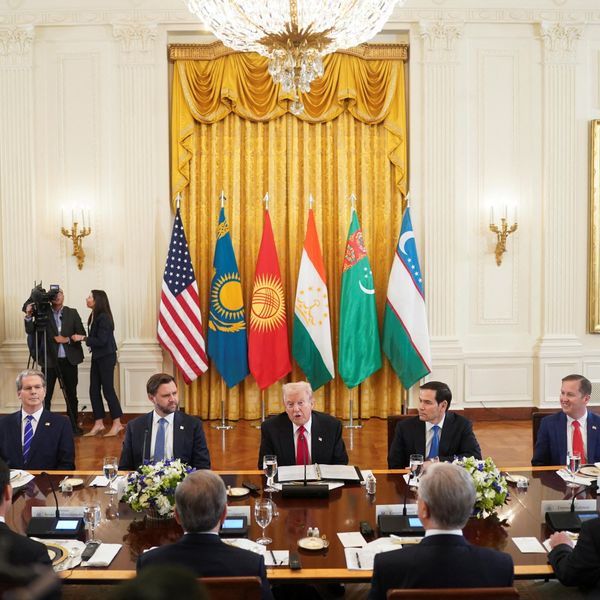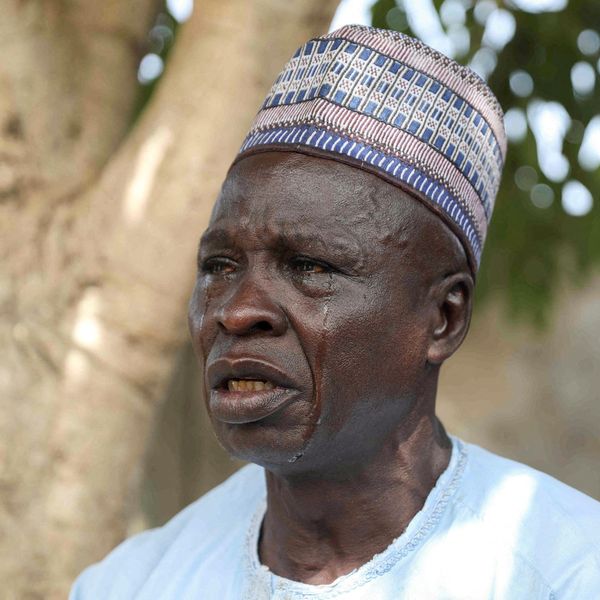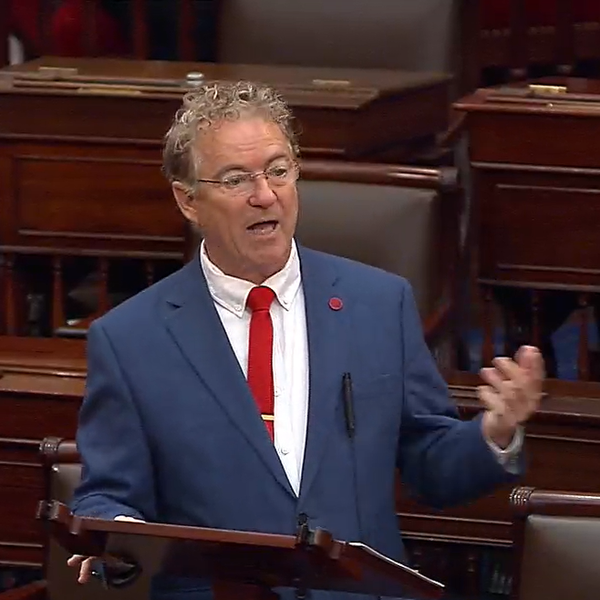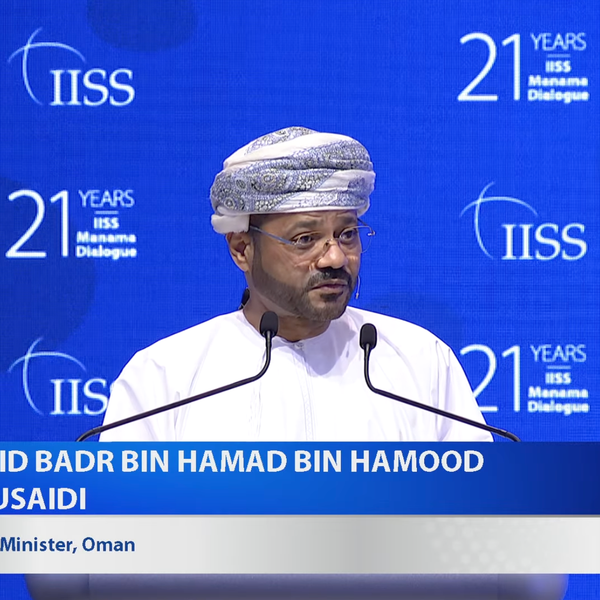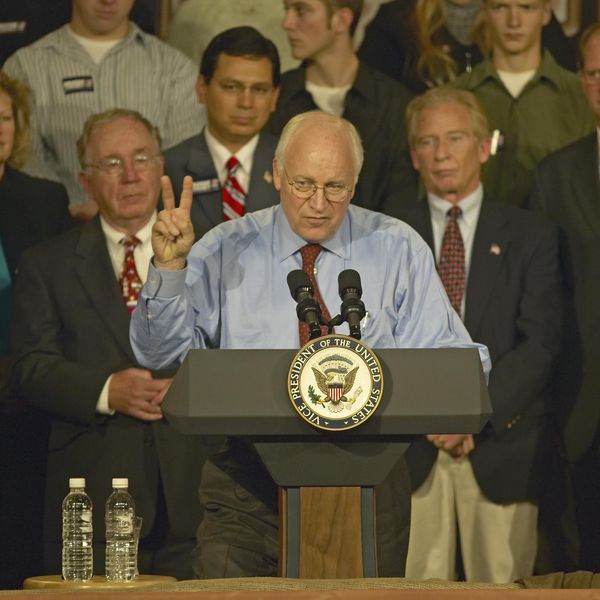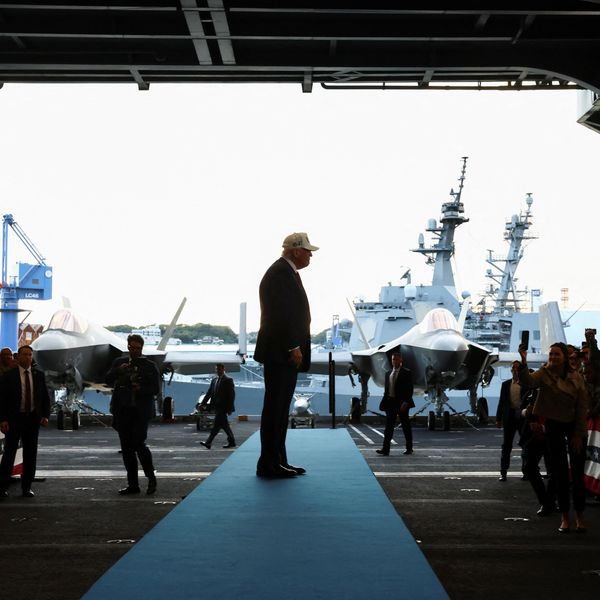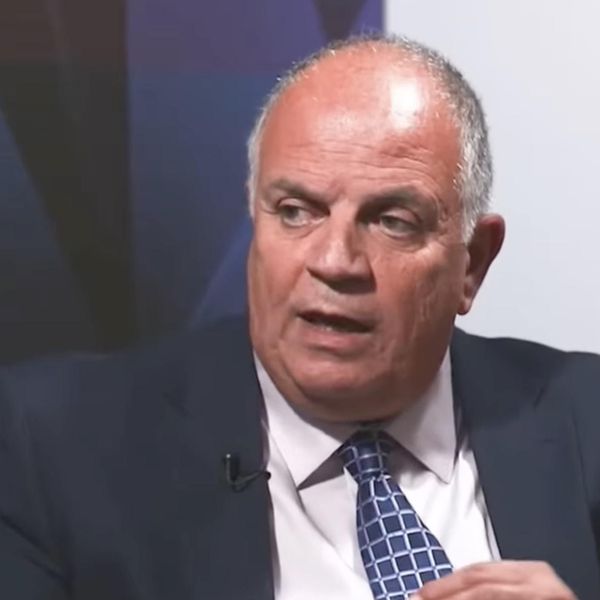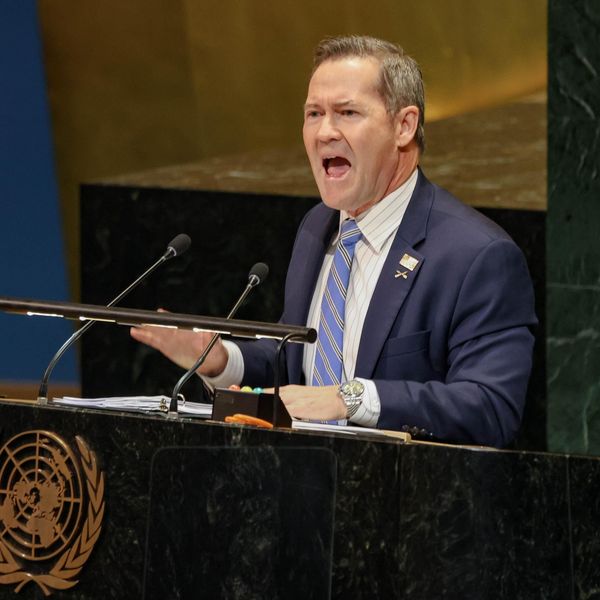Foreign policy mandarins have spent years fighting over what to make of former President Donald Trump. At heart, is he a hawk or a dove? Does he hope to be a new Nixon, capable of seeking detente with enemies despite (or even because of) his mean streak? Or perhaps a new Reagan, focused on achieving “peace through strength”?
I might ask it a different way: Who cares? New political science research suggests that Trump’s personal views are not the most important part of the puzzle. In short, it’s the advisers, stupid.
This may sound like received wisdom, but its implications are profound. Researchers created an unprecedented dataset of minutes from presidential meetings related to foreign policy during the Cold War. Using complex statistical methods, they found that the relative hawkishness of a president’s advisers is a remarkably good predictor of whether a leader will make “conflictual decisions” regarding an adversary.
The differences can be stark. If you assemble the most hawkish group of presidential advisers from the Cold War, the model predicts they would make six times as many aggressive choices as the least hawkish group. Over the course of a presidency, that could mean hundreds of extra moves liable to spark new conflicts or escalate simmering disputes.
“Who dominates the room [...] does seem to have a systematic effect” on whether presidents choose hawkish or dovish paths, said Tyler Jost, a professor at Brown University who co-led the project.
Now, Trump has a unique opportunity. The new research finds that hawkishness is surprisingly consistent from administration to administration; in fact, it varies more within administrations than between them — a statistical testament to the power of the so-called foreign policy “blob.” Perhaps more than any president in recent memory, Trump has the chance to ditch advocates of global primacy and hire proponents of a more restrained U.S. foreign policy.
Indeed, the former president is spoiled for choice. Most candidates for posts in a new Trump administration now agree that Washington should shift its focus to Asia by pursuing real retrenchment in Europe and the Middle East. Sen. J.D. Vance (R-Ohio) — a close Trump ally and top vice presidential candidate — has slammed U.S. military adventurism, called for a negotiated settlement in Ukraine, and even voted in favor of removing U.S. troops from Syria in December.
New think tanks have popped up to support this viewpoint, and some old conservative stalwarts have refashioned themselves as America Firsters who want to help shape a different, more populist vision of U.S. foreign policy. These groups are creating staffing pipelines for a new brand of conservative foreign policy, and the consequences of their investment could go far beyond 2024.
The transition battle
The Heritage Foundation wants you to know that it’s changed. Once a premier home for neocons and uber hawks, the eminence grise of conservative politics now loudly calls for the U.S. to pull back from the Middle East and Europe, all while railing against inefficient military spending.
Heritage’s shift reflects broader changes in the conservative movement dating back to Trump’s first election in 2016. “The real America First foreign policy position recognizes that the last few decades were characterized by a series of blunders,” argued Micah Meadowcroft, the research director at the conservative Center for Renewing America (CRA) and a former staffer in the Trump White House. “Our leadership class messed up badly” during the so-called unipolar moment by launching a global crusade against terrorism and ignoring China’s rise, Meadowcroft told RS.
Conservative realists hope that recognizing this shift will allow the U.S. to focus all of its attention on preparing for — and hopefully deterring — a war with China over Taiwan. “China remains the single greatest threat to American interests in the world today, and we just haven’t been acting like it,” said Alex Velez-Green, a former adviser to Sen. Josh Hawley (R-Mo.) now based at Heritage. “My view is that a new administration will really need to prioritize it.”
The key question is how to strike a balance between deterrence and provocation. Velez-Green draws on a “peace through strength” tradition exemplified by Elbridge Colby, a prominent China hawk who appears poised to get a major role in a new Trump administration. While all hope to avoid war, other realists have argued for a more conservative approach to Beijing’s rise.
Regardless of the reasons behind this broader shift, conservatives have made big investments in order to shape its path. The most influential effort is Heritage’s Project 2025, an initiative that has raised millions of dollars to identify potential staffers for a second Trump administration and plan policies to help vault it back into the White House.
For supporters of a more restrained foreign policy, Project 2025 has a lot to offer. While any Heritage program is bound to make up a big tent of conservative views, “the leadership of Project 2025 is a lot more aligned to a more Trumpian strain of America First, which is a more narrow, national-interest oriented idea,” said Sumantra Maitra of the CRA, who has advised on the effort. Will Ruger, who Trump nominated as his ambassador to Afghanistan, welcomed Heritage’s shift toward a “much more prudential approach to American foreign policy.”
But there are still some reasons to doubt Heritage’s restraint bona fides. Project 2025’s transition manifesto makes clear that the conservative tone setter is not quite ready to drop its commitment to fighting global terrorism and keeping down America’s parochial enemies, however weak they may now be.
Of course, Heritage is far from the only game in town. Its foreign policy team has often found common cause with the CRA, a right-wing think tank with restraint-oriented views on international affairs that Maitra said will be a “key player” in the planning for a second Trump term. Trump himself reportedly read and at least partially endorsed Maitra’s CRA paper calling for a major down-sizing of the U.S. role in NATO.
On the other side, traditional hawks at organizations like the American Enterprise Institute and the Hoover Institute continue to hold sway in both mainstream and conservative media, as Meadowcroft pointed out. But many prominent hard-line hawks — like one-time Trump adviser John Bolton — have had a sufficiently large break with the MAGA movement to make them persona non grata in any future Trump White House.
The America First Policy Institute (AFPI) appears determined to split the difference. Like Heritage, AFPI has questioned the wisdom of continued U.S. aid to Ukraine and pushed hard for Europe to shoulder more of the burden of its own defense. But the startup policy outfit — created as something of a White House in waiting — has a bit of a neocon streak when it comes to the Middle East, with a particular focus on countering Iranian influence and supporting Israel.
There is no love lost between Heritage and AFPI, as journalist Sam Adler-Bell recently noted in the New York Times. “A.F.P.I. partisans see Heritage as a latecomer to the Trump train, establishment wolves in ‘America First’ clothing,” Adler-Bell wrote. “Some at Heritage see A.F.P.I. as a redoubt of precisely those unreliable Trump appointees — grifters and RINOs — who trade on their relationships with the president to ensure they can continue to run the show.” This antipathy helps to explain why AFPI has a separate Trump staffing effort, known as the America First Transition Project.
One should note, however, that the two don’t always disagree. They share some staff and have both kept strong ties to more traditional foreign policy shops. Part of this stems from the fact that even the more dovish members of the GOP national security world are more hawkish on, say, the Middle East and Venezuela than hard-line realists. But, on balance, restrainers are more skeptical of AFPI than their old foes at Heritage.
It remains unclear which side has Trump’s ear. AFPI associates — including Fred Fleitz, Keith Kellogg, and John Ratcliffe — often show up on lists of current and potential future Trump advisers. He also reportedly consults with former Secretary of State Mike Pompeo and Sen. Tom Cotton (R-Ark.), who rank among the most hawkish figures in American politics. (Pompeo’s habit of calling himself a “realist” is a particular point of frustration for many America Firsters.)
But, as efforts like Project 2025 demonstrate, Trump will no longer be stuck with old-school options on every front. There are no hardcore restrainers known to be in the running for major roles, but the former president is reportedly considering Richard Grenell and Kash Patel — both of whom have a somewhat less interventionist streak — for top jobs in his administration. And, as just about everyone I spoke with noted, there’s still plenty of time for other potential nominees to gain ground before the election.
“The bench is deeper, and therefore there are more folks to turn to if a president wants to go in a restraint direction,” said Ruger.
Trump 2.0
Much of the planning for a second Trump administration revolves around staffing. This laser focus is a response to his first term, in which advisers and officials often took steps to block the implementation of the president’s preferred policies.
Take Syria. When Trump ordered that U.S. troops be withdrawn from the country in 2019, the move sparked an uproar among policy experts who argued that it would leave our Kurdish allies in the lurch. Jim Jeffrey — then the special envoy to Syria — persuaded Trump to leave a token force in the country but later revealed that “we were always playing shell games to not make clear to our leadership how many troops we had there.”
Trump world is looking to make sure that never happens again. Heritage wants a new administration to make sweeping personnel changes that would allow Trump to replace thousands of federal bureaucrats with more sympathetic cadres.
This is both an opportunity and a challenge for restrainers. On the "challenge" side, Trump has increasingly signaled that he wants to use military force against Mexican cartels, a proposal that most realists reject as dangerous and counterproductive. And, as Jost of Brown University notes, presidents don’t just select their advisers based on hawkishness. They have to make decisions about which advisers will appease which constituencies in their base, among other considerations. In Trump’s case, loyalty to the president appears to be another key criterion.
But loyalty to Trump doesn’t get your nomination through Congress. For many top jobs, nominees will have to persuade the old-school hawks in the Senate that they won’t change too much about the status quo. Restraint-oriented nominees will, however, get help from the growing group of young America Firsters on Capitol Hill, not to mention the changing of the guard symbolized by Sen. Mitch McConnell’s (R-Ky.) decision to step down from leadership.
It will be up to Trump to decide whether he picks less controversial candidates for these positions or simply relies on “acting” appointees, as he did at the end of his first term. The former president will have much more room to maneuver when it comes to the National Security Council, whose leaders don’t require confirmation.
These challenges aside, the decisions that Trump makes in a potential second term could have a massive, lasting impact on the direction of conservative foreign policy. To better understand how, a quick history lesson is in order.
In 2007, Democratic foreign policy big wigs founded the Center for a New American Security (CNAS), a hawkish center-left think tank first conceived as a government in waiting for Hillary Clinton. When Barack Obama beat Clinton in the primaries, he made the fateful decision to soften his stance on the Iraq War and staff up his team with CNAS acolytes.
The CNAS crew — in addition to Clinton herself — earned powerful roles in Obama’s administration that allowed them to steer the president away from his anti-war rhetoric on the campaign trail. The result was a vicious or virtuous cycle, depending on where you stand. The more hawkish CNAS staffers got coveted government experience (and connections) that put weight behind their arguments. Once they left government, they took their place as the sages of liberal foreign policy, with many returning in 2020 to staff the Biden administration.
Obama’s decision may have been practical. The progressive foreign policy landscape was, and in many ways still is, short on funding and candidates for high-level jobs. But Trump has the virtue of a genuine choice. The former president probably won’t reject staffers based on their hawkishness — but perhaps he should. Research suggests it just might prevent the next war before it happens.
- Grading Trump’s foreign policy ›
- Trump the anti-war president was always a myth ›
- The US will have a Happy New Year if Trump takes 4 pieces of advice | Responsible Statecraft ›

